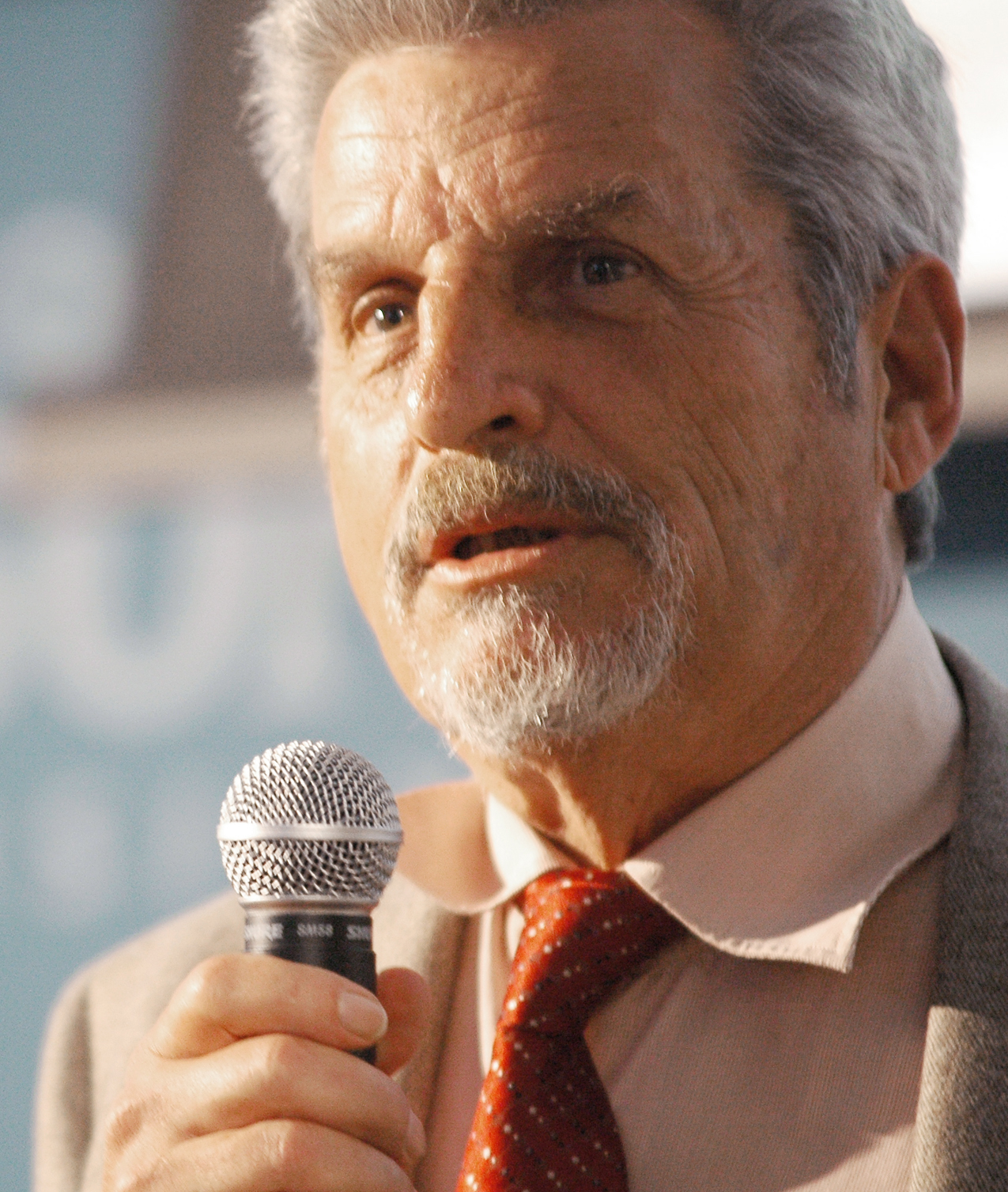
To a scientist, making the cover of
Discover
magazine is something akin to a rock star making the cover of
Rolling Stone.
And while Yakir Aharonov and his group, including Jeff Tollaksen (both professors of physics in Chapman’s Schmid College of Science), didn’t quite get their photos on the April cover of
Discover
(they had to cede that to an image of Einstein, so they were OK with that), it’s still a terrific honor.
The cover story — “Beyond Einstein: Three Radical Theories Challenge His Ideas of Space and Time” — leads to the article “Back From the Future,” which is all about the work of Aharonov and his team. Their work has resulted in all sorts of amazing discoveries about the nature of time and the universe.
You’re probably thinking, “Well, my human experience of time is that it has a certain direction. My office tends to get MORE disorganized, not the other way around!”
However, Aharonov has showed that the quantum world does not pick out such an arrow of time; it works just as well from past to future as from future to past. (Quantum theory is the most successful theory in history, and has led to much of our modern-day technology and economy.) Many additional discoveries followed from the breakthroughs of Aharonov and his group: everything from paradigm-shifting practical applications to “the really big questions of existence.” A portion of Aharonov’s group who have most developed these theories have been visiting Chapman. They include Alonso Botero (Univ. de los Andes), Aharon Casher (Tel Aviv University), Sandu Popescu (Bristol University), and Lev Vaidman (Tel Aviv University).
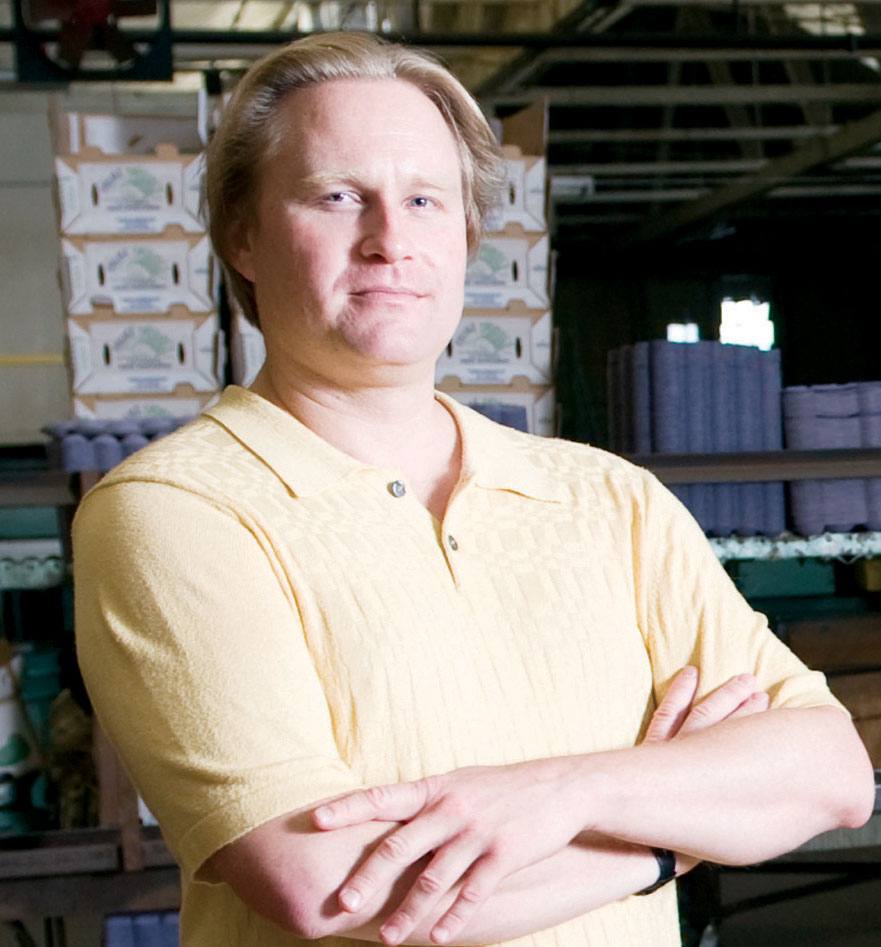
Jeff Tollaksen, Ph.D.
For example, the
Discover
article provocatively asks “Could the laws of physics be pulling us inexorably toward our prewritten fate?” — and leaves the question mark hanging in the air. Aharonov and his group, says
Discover
writer Zeeya Merali, are “looking into the notion that time might flow backward, allowing the future to influence the past. By extension, the universe might have a destiny that reaches back and conspires with the past to bring the present into view. On a cosmic scale, this idea could help explain how life arose in the universe against tremendous odds. On a personal scale, it may make us question whether fate is pulling us inexorably forward and whether we have free will.” The article says that because of its usefulness, the work of Aharonov and group is gaining ground and acceptance from many other physicists. The number of derivative research papers in mainstream journals (
Nature
,
Science
, etc) is growing rapidly.
And if THAT doesn’t completely blow your mind, how about this? A series of quantum experiments seems to actually confirm the notion that the future can influence results that happened before those measurements were even made. (Cue spooky music here.) Aharonov and his group made extraordinary theoretical predictions about the nature of quantum reality, sort of like the Cheshire cat story in
Alice in Wonderland
: “Well! I’ve often seen a cat without a grin,” thought Alice; “but a grin without a cat! It’s the most curious thing I ever saw in all my life!” The novel effects they predicted were verified in many independent experiments (about 15 other laboratories around the world have done or are doing these cutting- edge experiments). Recently they have found their way to the covers of other popular magazines such as
Scientific American
(Asian edition) and
New Scientist
(“They said it couldn’t be done – but now we can see inside the quantum world”). Even
The Wall Street Journal
and
The Economist
covered it.
Aharonov was — as Einstein had been — puzzled by the fact that two identical radioactive atoms can behave completely differently, decaying, for instance, at different intervals. This indeterminism led Einstein to famously grumble that “God doesn’t play dice with the universe.” Aharonov, says Tollaksen, turned the question around. “Yakir asked ‘What does God gain by playing dice?’ and speculated that nature gains something very beautiful and exciting by playing dice – namely, “if a particle’s past doesn’t contain enough information to determine its fate, then maybe its future does.”
But the kicker is that the “playing of dice” is just the right amount so that the future could be relevant for the present without violating causality or free will. Aharonov says. “The future can only affect the present if there is room to write the influence off as a mistake.”
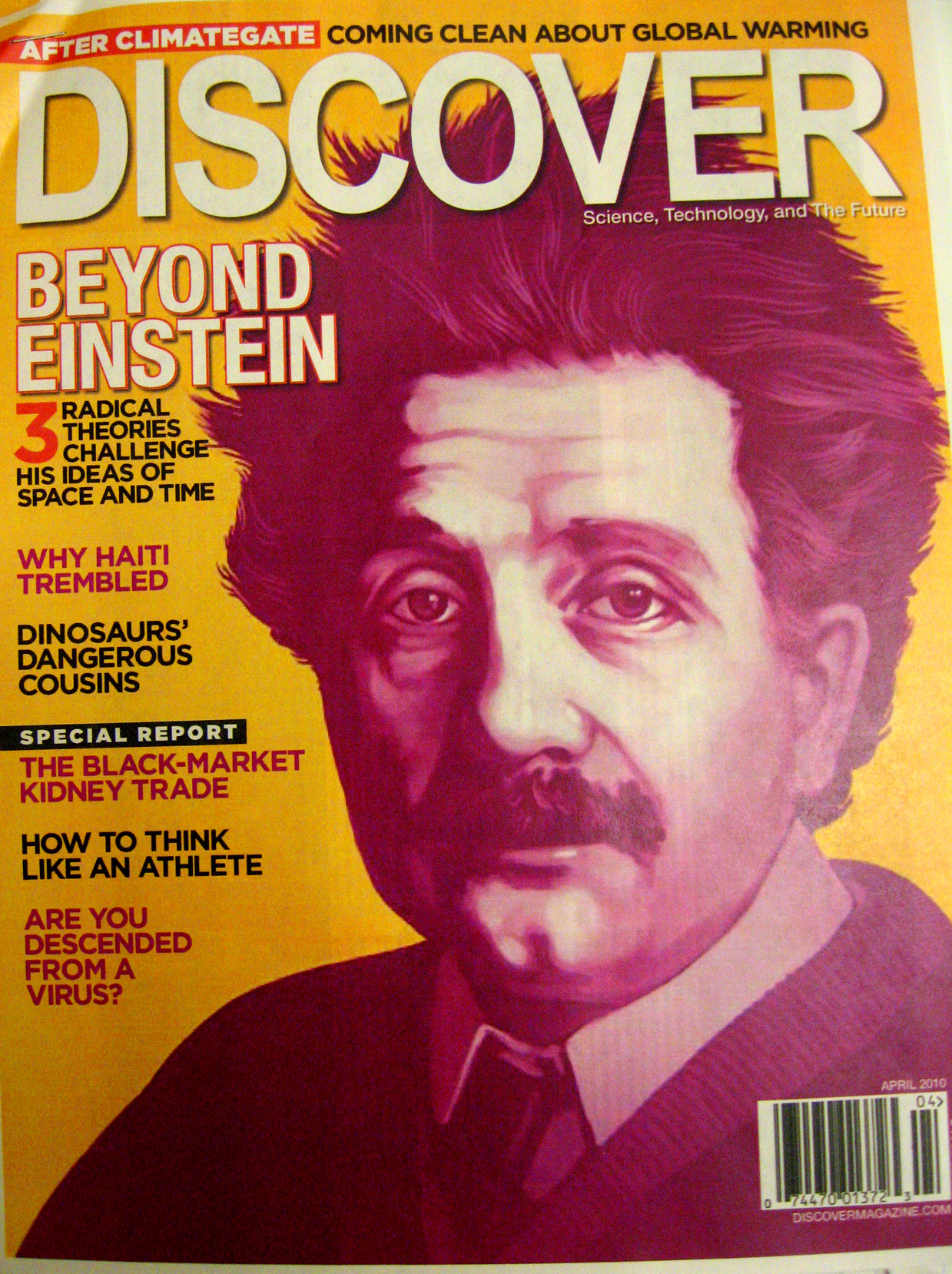
Somehow THIS guy made it onto the cover instead of the Chapman professors…
This led to a whole new approach to physics which Aharonov and his colleagues first set forth in the early 1960s. Everybody knows that if your only tool is a hammer, then you tend to treat everything as if it were a nail. The problem was that the “hammer-type” measurements that are usually made in the present moment are not the most useful in figuring out how the quantum world links the future with the present in subtle and significant ways. Aharonov and his team worked for two decades on new types of gentle “weak measurements” which could see these linkages – akin to tapping something softly with your finger rather than smashing it with that hammer.
Their breakthroughs have proven to be of fundamental importance and have inspired wide participation from across the scientific community: for example, they led to new types of (quantum) computers which can solve otherwise unsolvable problems, new types of sensors which can measure physical phenomena previously thought to be unmeasureable.
These breakthroughs were the subject of a week-long conference held here at Chapman in February. About 50 physicists visited from around the world, including MIT, Caltech, Princeton, etc. The many practical applications allowed Tollaksen to win a grant from the Office for Naval Research to pay for the conference.
There are more strange, jaw-dropping and completely amazing findings in the
Discover
article, and it makes us want go all Marty McFly and rev up the DeLorean. How often do you run into a theory — which now seems provable – that possibly, potentially, could change the way humans think about the very movement of time?
And as we can attest from interviewing Tollaksen, the backward-influence theory is just a patch on the range of fascinating physics that Aharonov and the rest of his team are working on. We’ll have more on them in the, er, future, as soon as we can wrap our brains around them. Watch out for collaborations with Chapman’s Vice Chancellor for Special Projects, Dean of the Schmid College and group leader Menas Kafatos, Ph.D., and Arizona State’s Paul Davies, Ph.D. (last year’s commencement speaker) involving cosmological implications, or another with Chancellor Daniele Struppa involving a new form of mathematics.
Congratulations toYakir, Jeff and the whole group on the
Discover
magazine article! The future, at Chapman, is definitely now.
Chapman Newsroom
Main Menu >
Media Contacts
Office of Public Relations
PR@chapman.edu
Strategic Marketing and Communications
1 University Drive
Orange, CA 92866
Contact Us
Strategic Marketing and Communications
1 University Drive
Orange, CA 92866
Contact Us
Newsroom Site
Your Header Sidebar area is currently empty. Hurry up and add some widgets.
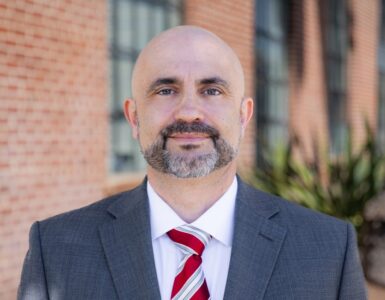

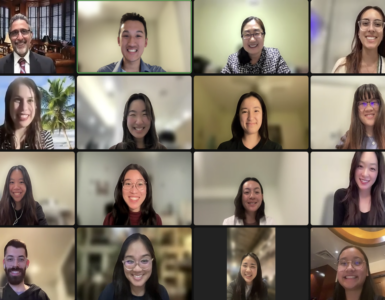

Interesting!
Truly amazing. I have a question. You mention that there are “new types of sensors which can measure physical phenomena previously thought to be unmeasureable ” ..can these sensors measure the energy flow from the hands of a Reiki or Shen practicioner? I was trained in Shen and know that, at will, one can move energy between one hand and another through people and objects. This exists in the “classical world” of time and space…but must be explainable with the physics you are researching.
Thank you.
Fascinating article. Now if we could just go back and correct some of the obvious errors we have made as a nation. If we could truly make peace with our Original People. If we could take back our bombs, if we could uninvent napalm.
[…] via Chapman professor lands Discover cover story « Happenings. […]
didn’t Jack Sarfatti also say all this some 20 years ago? I don’t see him referenced at all.
I have been saying this for decades.
For links to physics papers in support of Professor Aharonov’s future-to-past advanced wave destiny state vector see http://stardrive.org in particular http://arxiv.org/abs/0902.0032
Wheeler and Feynman first formulated the idea back in 1940 for classical electrodynamics. It was extended to quantum theory and cosmology by Hoyle and Narlikar also by John Cramer. These were two independent lines of inquiry consistent with “the two state vector” theory of Aharonov, Vaidman et-al. I also have been working on this since the 1970’s. It now looks like the discovery of dark energy accelerating the expansion speed of our observable piece of the multiverse between our past particle horizon and our future de Sitter dark energy horizon is evidence for Professor Aharonov’s general idea. The quantum vacuum is replaced by the “destiny” future absorber Feynman influence functional. Our future event horizon infinite redshift surface is the total absorber that enforces ordinary past-to-future retarded causality in radiation. The small entropy of our early universe for eternal chaotic inflation of Linde is automatically explained. Renormalization of mass and charge is finite with a cosmological nonlocal dependence in the UV cutoff for quantum field theory processes. The ‘t Hooft – Susskind hologram conjecture seems likely to work on our observer-dependent future horizon not our past particle horizon.
On the shoulder of giants…
This leads to an interesting thought experiment.
If the intermediate test is influenced by whether the post test is intended or not, what happens if the post test is determined randomly? Say by … a roll of the dice?
Assuming that rolling a dice to determine whether or not you will perform a post test influences the intermediate test then:
Would it make sense to view the dice as having influenced the intermediate result? Would it also make sense to view the intermediate result as having predicted the roll of the dice?
One wonders what practical benefits could derive from being able to improve the measurement of discrete future events…
[…] will decay first.) Fascinating stuff! The article isn’t online yet, but here’s a blog post about […]
That is what Vedas had declared long long ago………………
There has been a new article in Discover Magazine Aug 26, 2010 – here are some of my comments.
I just noticed that that article leaves out Bohm’s name lost in the obscurity of “codiscovered” for the shift of the interference pattern in what is normally called the “Bohm-Aharonov” effect.
“when a physicist named Yakir Aharonov visited the neighboring Boston University. Aharonov, now at Chapman with Tollaksen, was renowned for having codiscovered a bizarre quantum mechanical effect in which particles can be affected by electric and magnetic fields, even in regions where those fields should have no reach.”
Aharonov was one of the first to take seriously the idea that if you want to understand what is happening at any point in time, it’s not just the past that is relevant. It’s also the future,” Tollaksen says.
Tollasken is unaware that Feynman first had the idea, so did I.J. Good, Hoyle et-al. So did I and Fred Alan Wolf when we were on the physics faculty at San Diego State in the late 60’s. The idea was in the air stemming from the work of Wheeler-Feynman in the 1940s.
On Sep 8, 2010, at 1:35 AM, JACK SARFATTI wrote:
Aharonov and his student’s work on weak measurements is good and his interpretation is what I have been proposing since the late 1960’s motivated by Wheeler-Feynman and Fred Hoyle. I hope historians like David Kaiser at MIT will set the record straight that Fred Alan Wolf and I were thinking along these lines since we were on the faculty at San Diego State more than 40 years ago. We do not wish to take away any of Aharonov’s glory and we thank him for filling in vital details and testing the ideas in a Popper falsifiable way.
I coined the phrase “Back FROM The Future” in my 2002 book “Destiny Matrix.” Fred Wolf wrote a book “Star Wave” in 1983 with the basic idea in John Cramer’s “transactional interpretation.”
David Kaiser at MIT Physics is writing a book on this and hopefully will get the story right.
“Back From the Future
A series of quantum experiments shows that measurements performed in the future can influence the present. Does that mean the universe has a destiny—and the laws of physics pull us inexorably toward our prewritten fate? …
Tollaksen’s group is looking into the notion that time might flow backward, allowing the future to influence the past. By extension, the universe might have a destiny that reaches back and conspires with the past to bring the present into view. On a cosmic scale, this idea could help explain how life arose in the universe against tremendous odds. On a personal scale, it may make us question whether fate is pulling us forward and whether we have free will. …
And yet, as crazy as it sounds, this notion of reverse causality is gaining ground. A succession of quantum experiments confirm its predictions—showing, bafflingly, that measurements performed in the future can influence results that happened before those measurements were ever made.”
by Zeeya Merali; photography by Adam Magyar
From the April 2010 issue; published online August 26, 2010
Fred Alan Wolf and I also independently thought what Aharonov thought here:
His answer—which seems inspired and insane in equal measure—was that we cannot perceive the information that controls the particle’s present behavior because it does not yet exist.
So did I.J. Good who elevated this idea to a GOD(D) entity with signal nonlocality violating the quantum theory restrictions. Now I know that I. J. Good’s GOD(D) is located on our future dark energy hologram event horizon. I.J. worked with Alan Turing breaking the Nazi War Code in WWII. Turing ate a poisoned apple because he was, like Oscar Wilde, hounded by the police for being gay.
[…] chapmannews.wordpress.com/2010/03/18/chapman-professor-lands-discover-cover-story/ Article about Aharonov’s work on the nature of time […]